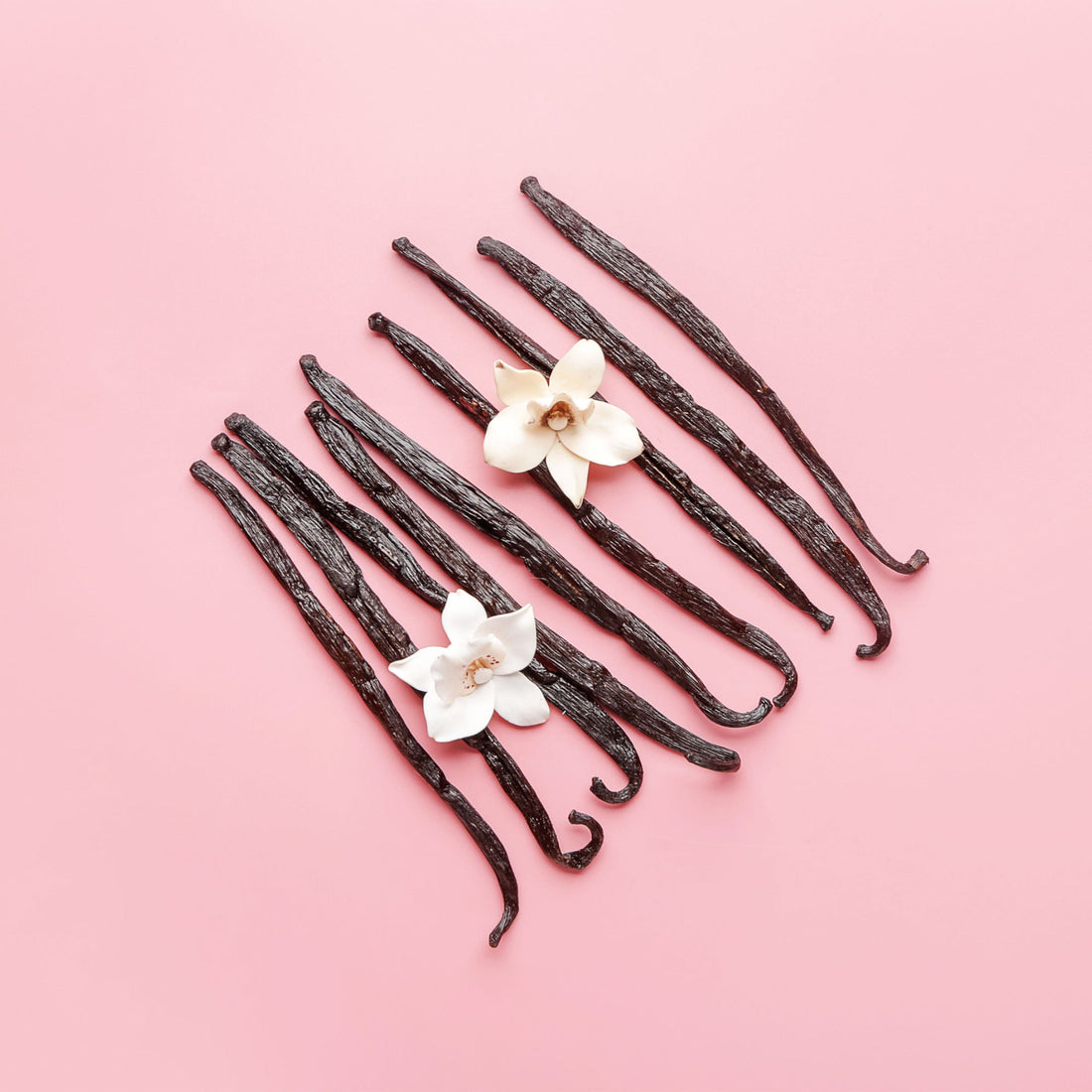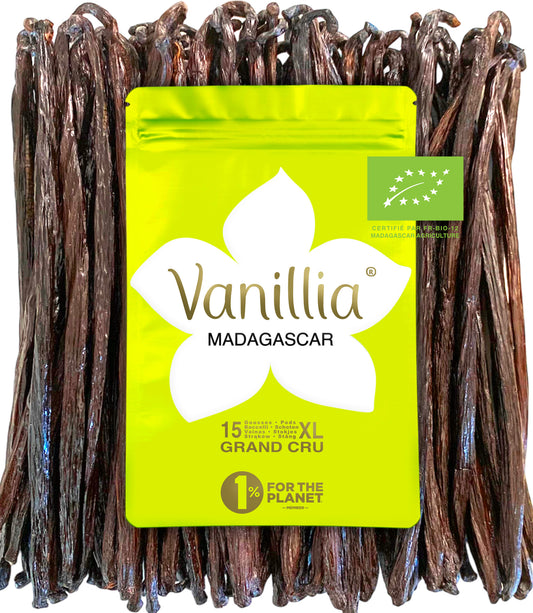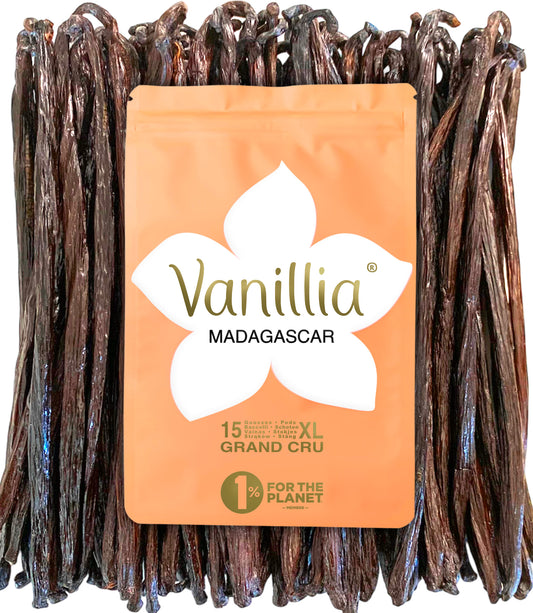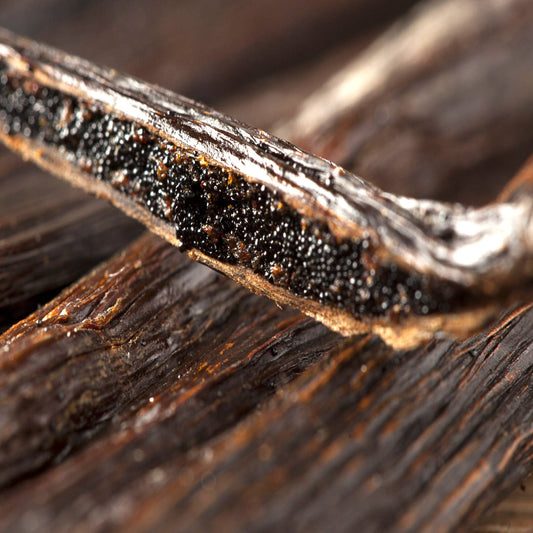
How do you choose a “good” vanilla bean?
Share
Vanilla is a delicate and precious spice, often nicknamed “black gold” because of its value and complexity. Whether you use it to flavor your desserts, drinks, or savory dishes, the quality of the vanilla bean you choose will directly affect the taste and aroma of your vanilla creations. But how can you be sure you’re picking a “good” vanilla bean? Here’s a guide to help you make the right choice.
Understanding the Different Varieties of Vanilla
Before diving into the selection criteria, it’s important to know the main varieties of vanilla available on the market:
- Bourbon Vanilla: Originating from Madagascar and nearby islands, this variety is the most commonly used. It’s prized for its sweet, creamy, and slightly spicy aroma.
- Tahitian Vanilla: This variety is rarer and has a floral, fruity, and delicate aromatic profile. The beans are often larger and contain more seeds.
- Mexican Vanilla: This is the original variety of vanilla, with a rich, spicy, and slightly smoky aroma. It’s perfect for complex recipes.
The Visual Appearance of the Vanilla Bean
A quality vanilla bean often stands out by its appearance:
- Flexibility: The pod should be flexible when you hold it. The vanilla bean should be able to wrap around your thumb without breaking. A stiff or brittle pod is a sign that it’s too dry and has lost some of its aroma: best to avoid!
- Surface: A quality bean will have a slightly shiny, oily surface. This shine indicates a high content of vanillin, the main aromatic compound.
- Color: The color of the pod should be uniform, ranging from dark brown to black. Avoid pods with red streaks, spots, or discoloration.
3. Texture and Weight
The texture of the vanilla bean is another important indicator:
- Thickness: A thicker bean is generally better because it contains more seeds and essential oils. Thin beans may be less concentrated in flavor.
- Weight: When you hold a bean between your fingers, it should feel dense and heavy for its size. A light bean may indicate a lack of moisture, which means it might be less aromatic.
The scent
A pod’s fragrance is one of the most telling signs of its quality. When you smell a good vanilla bean:
- Rich Aroma: The bean should give off a rich, complex, and enveloping scent. If the aroma is weak or if the bean smells slightly of alcohol or mold, it is not of good quality.
- Balance: The aroma shouldn’t be too sweet or too spicy, but a balance between the two, with subtle notes that vary depending on the vanilla variety.
Origin
The origin of the vanilla bean can also impact its quality:
- Traceability: Choose pods with clearly indicated origins. Madagascar, Réunion, Tahiti, Mexico, and Uganda are renowned regions known for producing high-quality vanilla.
- Ethical Farming: Choose pods from organic or fair-trade agriculture. This not only ensures superior quality but also supports local producers.
The price
Price can also be an indicator of quality:
• Price comparison: Premium vanilla beans are more expensive. If a bean is offered at a very low price, be cautious. It may be lower quality, or even mixed with synthetic vanilla beans.
• Buy in small quantities: It's better to buy small amounts of high-quality vanilla than large amounts of lower-quality vanilla. The flavor and aroma are well worth the extra cost.
Choosing a good vanilla bean takes a bit of discernment, but the results are worth it. A top-quality bean will transform your recipes, giving them a deep, authentic aroma that can’t be matched by extracts or artificial flavorings. By following these tips, you’ll be able to select the best vanilla beans and fully enjoy this exceptional spice. Next time you go shopping, you’ll know exactly what to look for to ensure the best possible quality!





